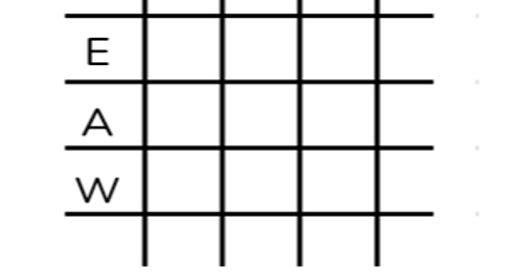The balance of elements and modalities in your natal chart is crucial in understanding what you naturally give and what you long to receive in your most significant relationships. As you reflect on your relationship profile, consider the overall balance or imbalance of elements and modalities in your chart and the specific element and modality that hold the greatest significance in shaping your relational dynamics.
Before we explore the deeper meanings of the elements and modalities, it’s important to first understand how to determine their balance in a natal chart. Knowing which elements and modalities dominate—or are underrepresented—can provide valuable insight into how you express intimacy, what you need from relationships, and where potential imbalances may create challenges. In the next section, I’ll guide you step-by-step through identifying these patterns in your chart so you can better interpret their influence on your relationship dynamics.
How to Create and Fill Out an Element-Modality-Orientation Grid
To create an Element-Modality-Orientation grid, draw a table with five columns and six rows. The first column and first row should remain blank for labeling purposes. Starting with the second column, label the columns as C, F, and M to represent the three modalities—Cardinal, Fixed, and Mutable. Leave the last column unlabeled for recording the totals of each element. Moving to the rows, label the second row through the fifth row as F, E, A, and W to represent the four elements—Fire, Earth, Air, and Water. Leave the last row blank for recording the totals of each modality. Be sure to leave space beneath the grid to record the totals for inward and outward orientations.
Figure 1. An empty Element-Modality-Orientation grid is ready to be filled in.
Once the grid is set up, begin filling it in based on the placements in the natal chart. Start by locating the Sun and assign it 2 points. Enter these points in the square corresponding to the element and modality of the Sun’s sign. For example, if the Sun is in Libra, place 2 points in the square for Cardinal (C) and Air (A). Repeat this process for the Moon, also assigning 2 points.
Next, move to Mercury, Venus, Mars, Jupiter, and Saturn. Assign each of these planets 1 point, placing the points in the squares that match their element and modality.
When all the points have been entered, calculate the totals. Add the numbers in each row to determine the totals for the four elements and record these in the last column. Then add the numbers in each column to determine the totals for the three modalities, recording these in the last row.
To assess orientation, add the totals for Fire and Air, which represent outward orientation, and record the result below the grid. Then add the totals for Earth and Water, which represent inward orientation, and record that number as well.
Once the grid is complete, examine the results. Identify the element and modality with the highest scores.
This process highlights the dominant patterns in the chart, revealing how energy is expressed and responded to. Understanding these patterns helps clarify relationship tendencies, strengths, and challenges.
Let’s get clear about these elements and modalities before using an example with the grid.
Keep reading with a 7-day free trial
Subscribe to On the Record: Astrology and Meaning by Laurie Farrington to keep reading this post and get 7 days of free access to the full post archives.





